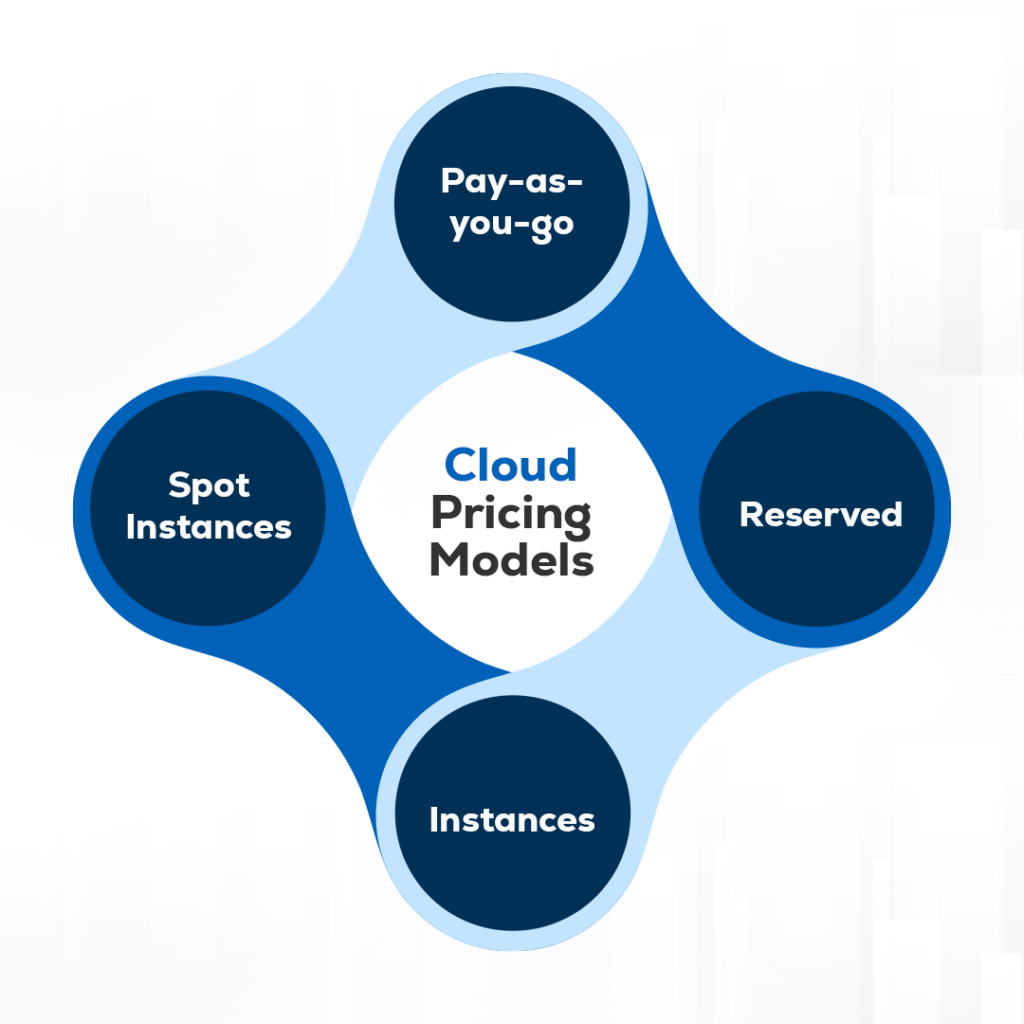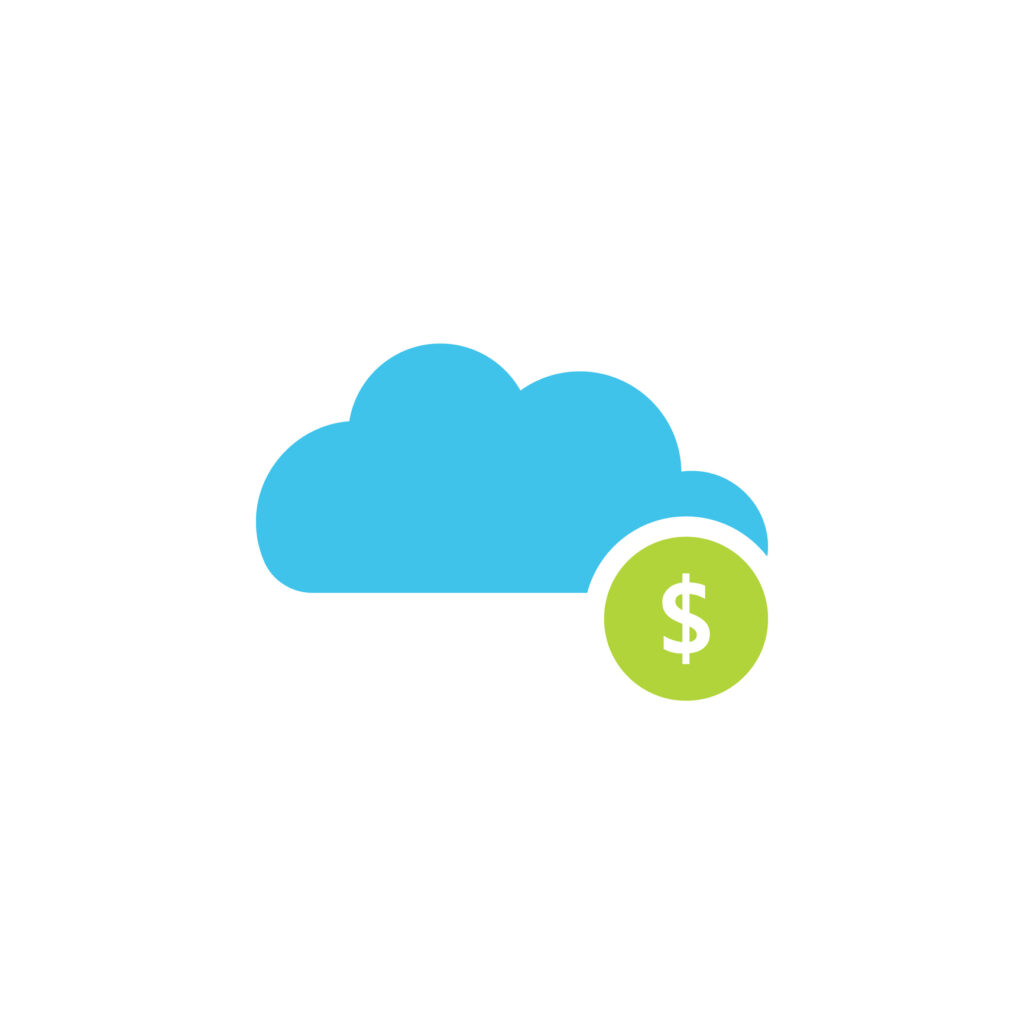Cloud services have become a key driving factor in the current environment of corporate operations. These services revolutionise businesses’ processes by providing unmatched flexibility, scalability, and efficiency. This blog aims to delve into the complex realm of cloud service costing and examine its importance to efficient spending management.
Introduction
Understanding cloud services costs and budget management is essential in the contemporary company environment. Understanding the subtleties of pricing becomes essential as businesses rely more and more on cloud infrastructure. The cost of cloud services, their intricacies, and their role in financial efficiency are all clarified in this blog. Easily navigate changing cloud costs. Recognise variable expenses from consumption trends, pricing structures, and service suppliers. Utilise information to make wise decisions that link performance with spending plans. Discover the factors influencing cloud costs and optimise tangible and intangible investments.
Readers interested in proactive cost management, balancing scalability and financial responsibility, should read this investigation. Utilise the power of the cloud while remaining financially responsible.
Cloud Pricing Models

Understanding the different cloud pricing models available to manage costs and resources effectively is important. These models offer a range of pricing structures that can be tailored to fit specific business needs. However, it’s important to carefully evaluate the pros and cons of each model before deciding which one to use.
Pricing Model | Advantages | Disadvantages |
Pay-as-you-go | Flexibility: Scale resources to suit demand No up-front costs fit for startups and erratic projects Easy entry: A quick and easy start | Higher prices at scale: Accumulated costs may be higher than alternative methods for stable workloads. Limited cost control: Challenges in predicting and controlling monthly expenses due to fluctuating needs for resources |
| Reserved | Savings: Large discounts for logical, predictable workloads | Upfront payment: Initial investment required, may not suit all budgets |
| Instances | Stability: Constant expenses throughout time for better budgeting and planning Priority access: Ensures that assets are readily accessible when demand is at its highest. | Limited adaptability: Need to modify resource requirements quickly. |
Spot Instances | Significant cost savings: Provides discounts of up to 90% off on-demand prices.For non-critical tasks that can withstand interruptions, it is ideal.Utilising idle cloud resources gives customers and providers access to extra capacity. | Unpredictable availability: Due to rising demand, instances could be terminated instantly. Workloads must be robust against possible instances of termination to reduce the risk of disruptions. |
Discover the Best Techniques for Cost Management
Optimizing your use of resources and attaining financial efficiency depends on improving your cost management strategy.
Here are some crucial tactics to aid you in completing this process without incident
1. Resizing Resources:
Effective resource management is vital. Optimising the quantity of your resources by actual demands may prevent overprovisioning or underutilization. This eliminates wasteful spending and guarantees effective use.
2. Benefits of Automation:
Leverage automation tools to pare down processes and eliminate manual labour. Automation lowers labour expenses and minimises human error, which increases productivity and reduces total costs.
3. Utilising Serverless Architecture:
By employing serverless designs, you can restrict your cost of ownership to the computing resources utilised to execute your code. As a result, there is no longer a need to deploy and operate servers, which reduces costs and improves scalability.
4. The significance of monitoring and cost tracking:
Implementing effective monitoring and cost-tracking systems is essential. Monitor resource utilisation and costs often to spot inefficiencies, strange surges, or potential improvement areas. This proactive strategy equips you with the knowledge necessary to optimise expenses efficiently.
To effectively manage costs, it is important to have monitoring and tracking tools for your cloud infrastructure. These tools can provide valuable insights into resource usage and spending, which can help prevent inefficiencies and optimize your operations.

Monitoring and cost tracking for greater efficiency
Additionally, using helpful tools to monitor resource usage can assist in managing cloud pricing and reducing costs. These tools provide real-time information for informed decision-making and precise budget planning. Utilizing these tools is recommended to stay ahead of cloud pricing management.
Ultimately, the data-driven insights offered by cost monitoring and tracking solutions serve as your compass in the confusing world of cost-related options. These tools provide you with the self-assurance and understanding necessary for long-term success, whether you’re downsizing resources, implementing new pricing strategies, or reorganising tasks. They ensure you successfully negotiate the challenging landscape of cloud cost management, laying the groundwork for your long-term goals.
Case Studies from the Real World on Effective Cloud Cost Management
Gaining knowledge of how businesses have effectively controlled their cloud expenses provides important insights into useful tactics and results. Let’s look at a few real-world case studies that illustrate various methods for accomplishing cost optimisation.
Case Study 1: Netflix
Challenge: Managing cloud expenditures effectively was a challenge for Netflix because of the size of its user base and the volume of content it has to serve.
Strategy: Netflix adopted a cost-conscious culture by giving its engineering teams ownership and authority over the budget. Through automation and resource right-sizing, the organisation concentrated on maximising resource consumption. They also used a combination of on-demand, reserved, and spot instances according to the workload’s needs.
Result: By prioritising cost responsibility and knowledge across their teams, Netflix significantly reduced costs while continuing to offer a high-quality streaming service. They increased financial efficiency through the strategic use of diverse pricing structures and the adoption of resource-efficient procedures.
Study 2 Case: Dropbox
Challenge: Dropbox had to manage a dynamic user base that was expanding quickly while maximising cloud expenses.
Strategy: Dropbox used a multifaceted approach as its strategy. They used automation to increase operational effectiveness and resource utilisation analysis to find underutilised assets. They also improved their storage architecture to cut expenses associated with data storage.
Results: Dropbox cut operational expenses by 75% by concentrating on granular resource optimisation and carefully modifying its infrastructure. They demonstrated their dedication to wise cost management using automated resource management and data storage optimisations.
Key Experiences:
- Culture of Cost Awareness: Successful businesses prioritise cost awareness across their whole organisation, creating a climate where each team member is aware of how their choices affect cloud costs.
- Resource Optimisation: Monitoring resources and maximising their use are essential to effective cost management. The efficient allocation of resources is guaranteed by automation and right-sizing.
- Diversity in Pricing Models: Using a variety of pricing models, such as spot, reserved, and on-demand instances, can assist balance cost-effectiveness and performance demands.
- Data-Driven Decision-Making: Businesses that are successful at managing cloud costs do so by using data insights. Regular analysis allows for proactive cost-saving modifications.
- Operational Efficiency: Automation streamlines processes, minimising manual involvement and the chance of mistakes that result in unforeseen costs.
Businesses can get ideas for creating their cloud cost management methods by analysing these real-world examples. These examples demonstrate how changing cultural norms, data-driven insights, resource optimisation, and operational effectiveness contribute to cost optimisation.
Future Cost Trends in Cloud Services
Several new developments are poised to revolutionise the field of costing methods as the cloud services environment changes. The emergence of serverless computing and the spread of edge computing are two significant phenomena expected to influence cloud services’ cost dynamics.
1. Serverless computing’s effects
The development and deployment of apps in the cloud are being revolutionised by serverless computing. This tendency, which removes server administration and infrastructure worries from developers, has important costing ramifications:
Pay-as-You-Go Granularity: Instead of offering pre-defined resources, serverless solutions charge customers depending on real consumption. This kind of granular invoicing enables businesses to maximise their spending by closely matching expenses to actual application usage patterns.
Microservices’ cost-effectiveness: It is made possible by serverless architecture, which enables developers to divide systems into more manageable, modular parts. As resources are only allocated when certain functions are executed, this can improve cost control by lowering total resource waste.
Operational effectiveness: By delegating infrastructure maintenance to the cloud provider, developers may concentrate entirely on writing code. As a consequence, less operational work is generated, which might lower overhead expenses related to maintaining traditional infrastructure.
2. Edge computing’s impact
Edge computing is gaining popularity because it allows data to be processed closer to the point of origin rather than in centralised data centres. Although less developed than other cloud architectures, it raises particular cost issues:
Latency and Data Transfer Costs: Edge computing strives to reduce data transport costs and latency by processing data locally. However, the cost of moving data between edge sites and centralised clouds may rise.
Resource Allocation Complexity: Allocating resources in a balanced manner between central cloud services and edge devices complicates costs. To properly control expenses, organisations must establish the appropriate resource allocation.
Hybrid Cloud Costing: Hybrid cloud setups, including edge and centralised cloud resources, are frequently used for edge computing. To minimise unforeseen expenditures, managing costs across multiple contexts needs careful planning.
As cloud technology evolves, businesses must be aware of the impact of new advancements such as serverless and edge computing on cloud service costs. To meet these challenges and opportunities, it is important to adapt pricing plans accordingly. Keeping up with trends in cloud technology will enable informed decision-making and cost savings.
In conclusion
Mastering cost management is crucial for financial responsibility and operational success in the ever-changing cloud environment. We have examined several pricing strategies, comprehended their advantages and disadvantages, and emphasised the need for monitoring and cost-tracking technologies.
Key Learnings:
Pricing strategy: The pricing model you choose greatly influences how much you pay for the cloud. Align decisions with your objectives, whether they involve pay-as-you-go, reserved instances, or spot instances.
Empowered Insights: Cost tracking and monitoring tools expose inefficiencies and hidden expenses, allowing users to make educated decisions that will influence future budget planning.
Achieving a sustainable cloud migration requires optimizing cloud resources and adopting cost-conscious behaviors. OneSight Technologies can help you take control of your cloud costs and secure your success in the constantly evolving tech world.
We invite you to join us in building a prosperous digital future.
